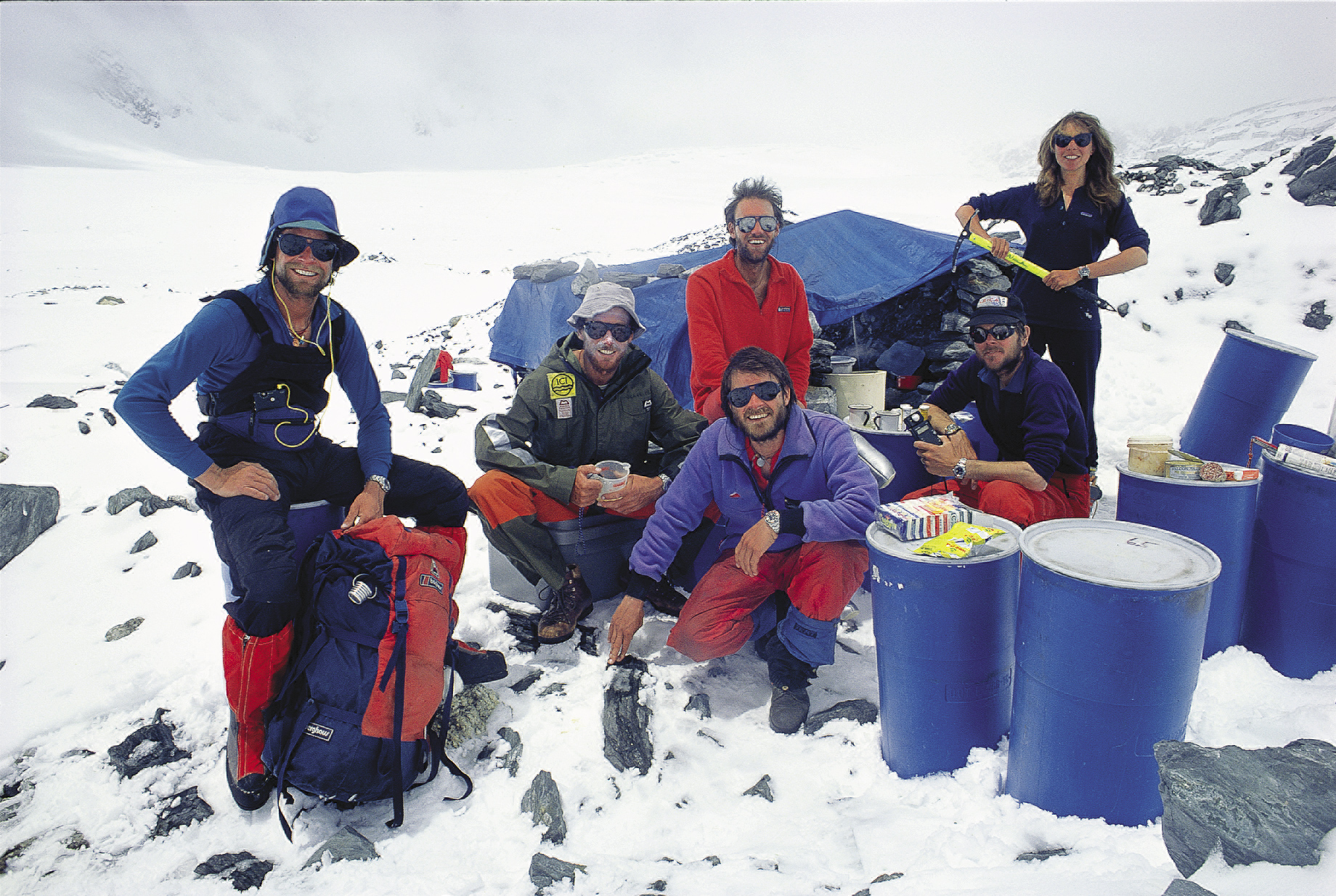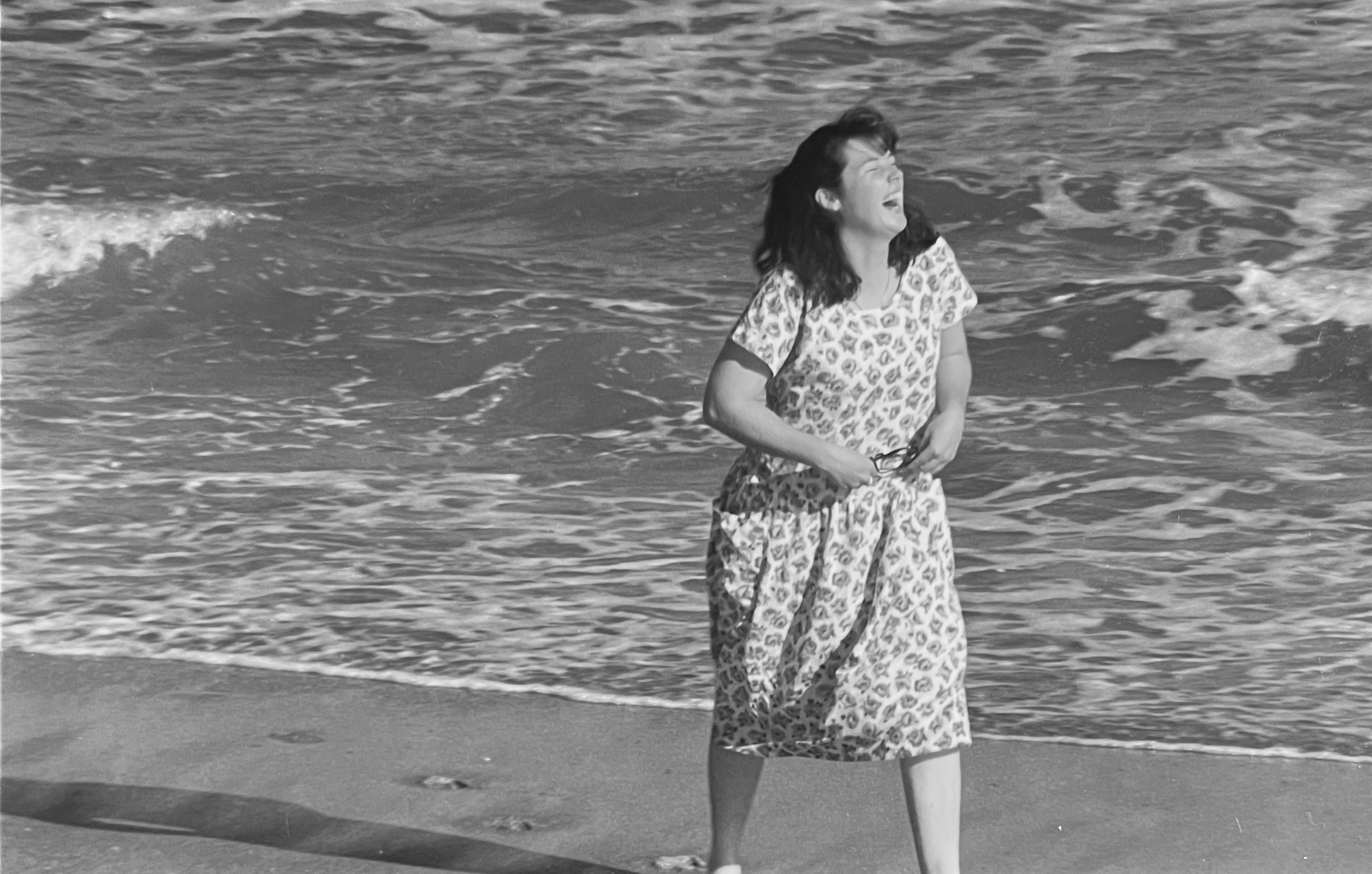
When you think of notable people in the tech, engineering, mathematics and science fields, it’s easy to default to names like Albert Einstein, Thomas Edison, Steve Jobs or Mark Zuckerberg. That’s because throughout history the names of pioneer women who have been instrumental in creating the technological and scientific processes we use today have largely been ignored, cast aside or just straight up erased from popular conversation.
The need to overhaul school textbooks and teaching methods is an issue all of its own, but thanks to the digital age we live in, we are encouraged to find numerous platforms and mediums that are working to change the gender status quo when it comes to talking about STEM pioneers.
We have profiled a number of books, projects, films and educational tools that are all about teaching younger generations about the female STEM trailblazers are, and without whose work we would still be living in the dark ages. A new campaign out of the UK is spotlighting 8 STEM superheroines whose work deserves more popular recognition, and should be easily called to mind when thinking about STEM trailblazers and notable names.
“Women have had a long and illustrious history in science, technology, engineering and mathematical fields. From the invention of Kevlar to the blueprint for the inaugural computer programme, female pioneers have been behind some of the greatest STEM discoveries,” says the campaign landing page.
“Our campaign looks at eight superheroines who fought for their work, their ideas, and often overcame the odds in the process. Each of the women has an incredible story worth discovering, and a legacy that has left a lasting impact on the world.”
The 8 women profiled are as diverse as they are talented. The campaign not only lists their accomplishments, but their background, how they are being rediscovered and talked about in pop culture, and how their inventions are being used today.

Ada Lovelace, daughter of poet Lord Byron, is recognized as the world’s first computer programmer. Her mentor was Charles Babbage, who invented a mechanical computer, dubbed the Analytical Engine. Considered an early version of a calculator, Ada looked at the device and found a way to improve it. She reasoned that if it could manipulate number to solve equations, it could do the same with symbols and be instructed to do almost anything.
Charles Babbage focused on mathematical tables, and Ada Lovelace programmed the Analytical Engine to create music and graphics. She wrote a detailed description of how it could calculate an important series of numbers called Bernoulli numbers.

Hedy Lamarr, a famous film actress from the 1940s who became disillusioned with her career during the WWII, used her brilliant mind to create a frequency-hopping system, along with her neighbor and composer George Antheil, that would allow Allied torpedoes to travel unseen under the water without being intercepted by German intelligence. Hedy and George had their technology patented in 1942, but it never ended up being used during the war. Their system was picked up by the US Navy in 1957 and is today one of the principles behind Bluetooth, GPS and Wi-Fi.
Hedy was a close friend of inventor Howard Hughes. She received a star on the Hollywood Walk of Fame in 1960, but it took 54 years until the National Inventors Hall of Fame stepped up and made her an honoree.

Rosalind Franklin is a woman who helped discover the shape and form of DNA, but throughout history credit was given to two men, Francis Crick and James Watson, but it was Rosalind who was the true mastermind. She captured an X-ray image of DNA, proving a long-held scientific belief that DNA was likely composed of two opposing coiled chains: a double helix.
Crick and Watson were given access to her work and they took credit for the structure of deoxyribose nucleic acid and their “work” was published in a magazine in 1953. While Rosalind was acknowledged in a footnote in the article, she died without any recognition from the scientific community.

Virgina Apgar specialized in anesthetics with a focus on analyzing the effects of drugs on newborn babies and mothers. Her proximity to postnatal wards meant she was able to make a troubling observation: babies who were born blue in the face or struggling to breathe were written off as “stillborn”. Virginia reasoned that, in many cases, if treatment was delivered swiftly, the baby could be saved.
Because of work, she developed the “Apgar score”, where a newborn child is assessed on their heart rate, breath, muscle tone, reflexes and skin color. Once their score was totaled up, the number would determine whether they would need treatment, or whether they were healthy. This score has given many babies a fighting chance even to this day. Partly due to the Apgar System, deaths of newborn babies dropped from 1 in 30 in 1950 to 1 in 500 in America today.

Katsuko Saruhashi came to prominence in the 1950s when she saw that carbon dioxide -produced by humans and big industry – was killing marine life. She brought this to the world’s attention and armed scientists with a system for measuring it. The Saruhashi table is still used today.
In the 1960s she turned her attention to nuclear waste, as the US had begun testing nuclear weapons on islands 4500 kilometers from Japan. Katsuko discovered that in the space of 18 months, radioactive water had turned up on Japanese shores. Her research helped tighten ocean laws governing nuclear experimentation. She went on to found the Society of Japanese Women Scientists and created the Saruhashi Prize which has been awarded to female Japanese scientists since 1981.

Marie Van Brittan, who worked odd hours as a nurse in Queens, New York, in the 1960s, often feared for her safety while she was home alone. She took matters into her own hands and invented the world’s first home security system. Together with her husband Albert, Marie drilled 4 discreet peep holes in her door and installed a camera attached to a motor that could move between the four holes as the homeowner desired.
This was then rigged to a monitor in Marie’s bedroom and a microphone installed so that she could address door-knockers without having to get out of bed. If the visitor was welcome, a button could be pushed to open the door remotely. If they were note, a separate button alerted emergency services. The husband and wife duo filed a patent in 1966 and their blueprint is still inspiring inventors today. Her daughter Norma Brown patented an anti-rape device in 1998.

Stephanie Kwolek is the woman who discovered Kevlar in 1965, a material that has been used throughout the decades to save many lives. During the 60s she was a DuPont employee working to find lightweight material that could reinforce car tires. She spent her time experimenting with liquid solutions that she melted at temperatures reaching 200 degrees Celsius which she then “spun” into thin, fibrous strands – a process similar to making cotton candy.
Stephanie discovered that by lowering the temperature, she was able to spin something incredibly strong, stiff and light. It is a buttermilk-colored yarn that is five times stronger than steel and has reinforced police jackets since entering mass production in 1971. Today, Kevlar is also used in roughly 200 other products including boats and airplanes.

Emilie Du Châtalet is a pioneer woman credited with an ability to understand complex science as well as the ability to describe it to the masses. She is famous for translating the works of Newton, whose science was ground-breaking but also alien to the French people of the time.
At the age of 42 she fell pregnant in an era when childbirth was very dangerous, and at an age where her odds of survival were extremely slim. She worked days and nights to complete her magnum opus before she died: a complete translation of Newton’s Principia, adding in extensive notes where she translated his hard-to-understand notes into clear, digestible and bite-sized pieces of information. Today Emilie’s translation remains the definitive French-language version.
If you are feeling inspired by the work of the above 8 women, you can support women in STEM today through any of the following great organizations:
Ada Lovelace Day: https://findingada.com/
TrowelBlazers: https://trowelblazers.com/
STEMettes: https://stemettes.org/
ScienceGrrl: https://sciencegrrl.co.uk/
Code First: Girls: https://www.codefirstgirls.org.uk/
TechMums: https://techmums.co/
DevelopHer: https://developher.org/
Women’s Engineering Society: https://www.wes.org.uk/
BCSWomen: http://bcswomen.bcs.org/
The IET Women’s Network: https://www.theiet.org/womens-network/

















